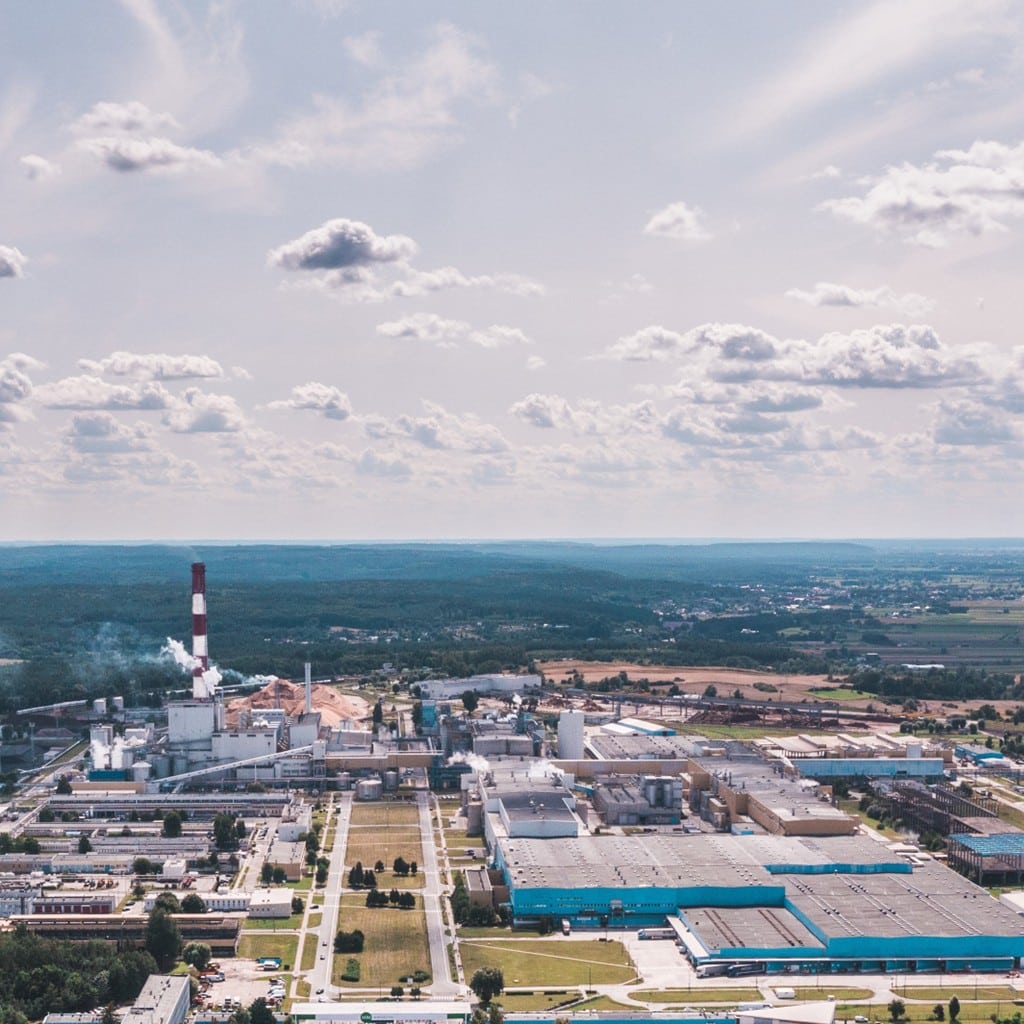Cartonboard barriers are getting better all the time
Michael Strobl, Director of Innovation, Product Development and Technical Services, on the great potential of barrier cartonboard as the sustainable packaging material of the future, and which regulations brand owners need to consider when choosing a barrier packaging product.
What regulatory developments are most important for today’s brand owners when it comes to barrier products?
Two regulations are key to this discussion: the PPWR (Packaging and Packaging Waste Regulation) and the SUPD (Single-Use Plastic Directive).
The PPWR promotes the reduction of waste, improved recyclability and reuse of packaging materials, among other considerations. If a barrier cartonboard contains plastic, the proportion of this material in the product determines whether it is classed as a mono- or composite material. A product containing less than 5% plastic is not classified as a composite material, which would be subject to higher EPR (Extended Producer Responsibility) fees. Packaging materials are subject to the 95/5 rule. For brand owners, the same EPR fees apply as for standard cartonboard.
The SUPD aims to reduce the environmental impact of specific plastic products, especially with respect to marine pollution, and to promote the transition to the circular economy; this directive specifically targets single-use plastic products such as fast-food packaging and cups. These items include the usual PE-coated cartonboard, so brand owners are looking to replace these materials as soon as possible; nobody wants to end up in the “single-use plastic naughty corner”.
Do MM barrier cartonboard qualities comply with these regulations?
Basically, there are two ways to apply a barrier to cartonboard: classic plastic coatings, such as polyethylene (PE), which is applied via an extrusion process, or more modern dispersion coatings, which are water-based.
At MM Board & Paper we focus on dispersion coatings. Using dispersion coatings, we aim to achieve a highly effective barrier with products such as our ALASKA® BARRIER GREASE complying to the 95/5 rule.
Are these types of barrier cartonboard products recyclable?
Yes, at MM all of our barrier cartonboard qualities are fully recyclable. This has been independently evaluated using the CEPI recyclability test method (CP). Any brand owner switching from plastic to MM Board & Paper’s barrier packaging can be sure that the recycling infrastructure is fully functional.
Brand owners often face the question: virgin fibre cartonboard or recycled cartonboard: which is the best barrier product?
Both products have their advantages. Our virgin fibre product, ALASKA® BARRIER GREASE, provides an excellent grease barrier – ideal for situations where the food will remain in the carton for some time, such as sushi packaging, bakery product trays or fatty frozen foods like fish fingers. In the recycled cartonboard range we offer TOPCOLOR® BARRIER GREASE, a cartonboard product with a plastic-free, bio-based grease barrier. This is ideal for the fast-food sector, where the contact time is very short. So brand owners have to weigh their options: for short-term contact, promote the circular economy with our barrier cartonboard made from recycled fibres, or for a longer storage time, enjoy the improved barrier effect of our virgin fibre cartonboard.
What innovations can we expect to see coming up in barrier technologies?
The trend is clear: barriers will be made increasingly durable with improved bio-coatings based on alginates and other organic materials. Grease, water, oxygen and aroma need to be preserved for as long as possible without plastic. In this way we not only fulfil the PPWR requirements, but also avoid problems relating to the SUPD. Brand owners are actively supporting this process. Right now, this is a critical consideration in the fast-food sector – at MM Board & Paper, we are working hard to develop the barrier products of the future.
At the same time we are working on the weight reduction of recycled cartonboard products which are intrinsically heavier than virgin fibre cartonboard. In the context of the PPWR, fees are based on volume, which means weight. Higher weight means higher fees. If we can make recycled cartonboard products lighter, we will reduce costs for our customers as well as supporting the circular economy.
Where do you see the greatest opportunity for brand owners in making this change?
First, in the combination of performance and regulatory security. Our barrier cartonboard options are recyclable, and so comply with the PPWR. Second, in the carbon footprint: wherever functionally possible, the switch from plastic to cartonboard can significantly reduce environmental impact. Beyond that our WLC qualities with low water consumption and reduced basis weights help to conserve resources.


